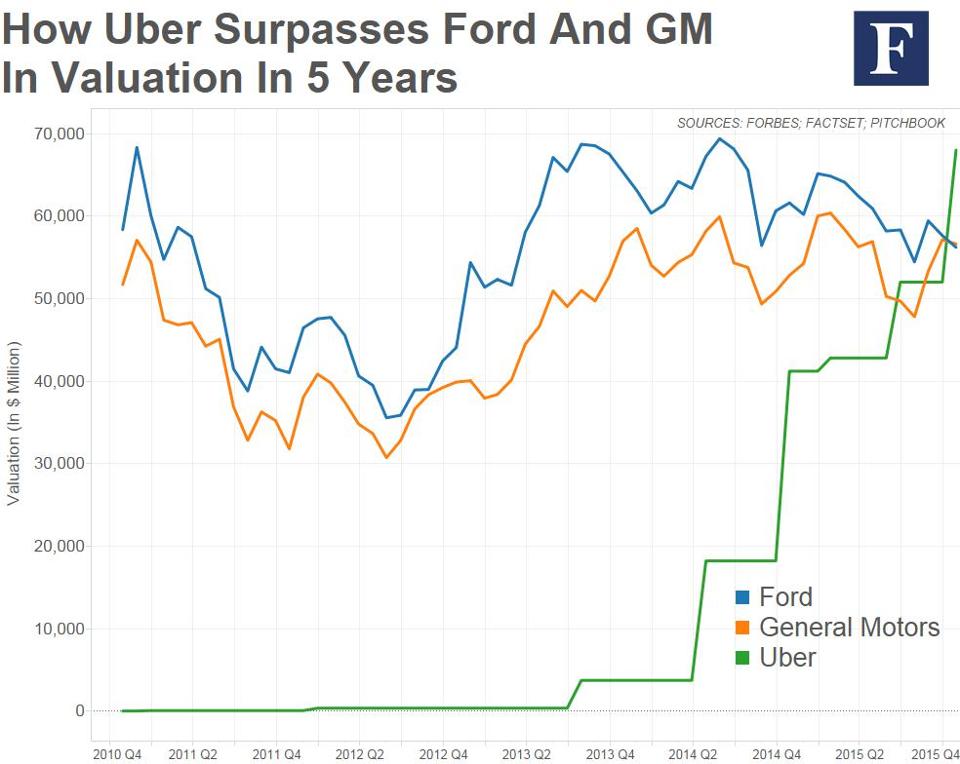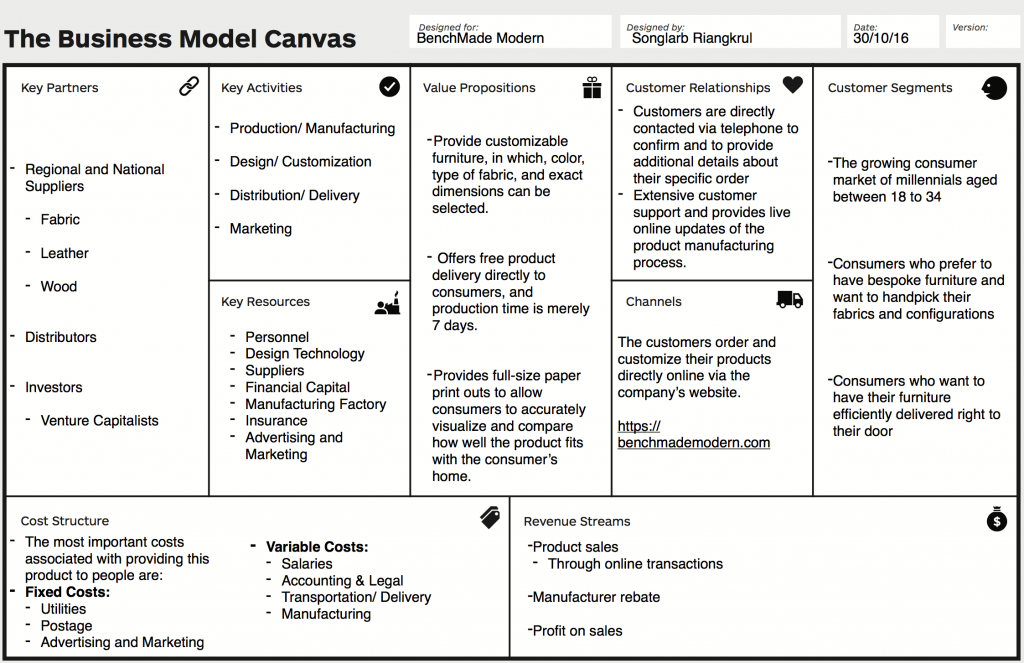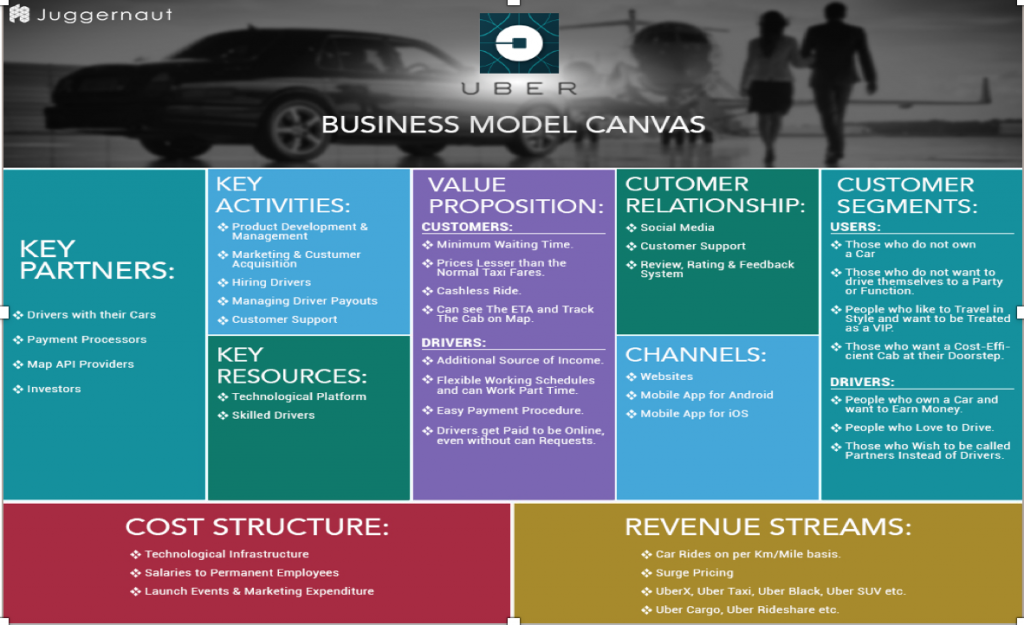These days, there is a decreasing importance on the length of time a business has been established for, but rather an increasing importance on what specific services or products can a business provide meeting demands of the society. Take Uber and General Motors as a simplistic example. As cited on Forbes, Uber, a 5 year old automotive tech-startup business, has just recently surpassed General Motors Company, which has been established for 107 years, in company valuation. Uber is able to quickly become a successful business and have a significantly large valuation of $68 billion dollars, due to their unique value proposition.

Uber’s $68 Billion dollar valuation surpasses many long established automobile manufacturers.
In Roan Allen’s blog, he conveniently gives an analysis of Uber’s strategy as well as a Business Model Canvas of Uber. Roan Allen agrees that the value proposition is among the most important aspect of a business, and goes on to say that “a great example of a P.O.D. is shown as Uber addresses the points of parity through their provision of transportation, and then adding a points of difference by having lower costs (generally), a rating system, driver details, an automatic payment system, etc.” Through recently acquired knowledge of business commerce 101, I also agree with Roan that a product/service must effectively have both a point of parity as well as a unique point of difference.
Likewise with Uber’s value proposition and Business Model Canvas, I came across a start-up company, BenchMade Modern, a company which focuses on manufacturing customize furniture, with similar elements as Uber. Upon reading about this fast growing and successful company, I decided to create my own BMS in order to compare with Uber to find what successful factor allows these two companies to shine.

BenchMade Modern’s Business Model Canvas.
After creating this BMS for BenchMade Modern and comparing it with Uber’s, I found that the critical elements lie in the value proposition and the consumer segment. Like Uber, BenchMade Modern also has a pleasing value proposition, in which they are one of the few if not the first, to establish a furniture manufacturing company to specialize solely on customized furniture. This allows the company to have a strong P.O.D. over other furniture companies like IKEA for example. Moreover, the company also has an incredible manufacturing time in addition to providing free product delivery. Furthermore, there is a big opportunity for the company because they have a quickly growing consumer segment of millennials aged from 18 to 34.
If they can lower manufacturing costs even more and provide more products at low cost, IKEA will be looking at a particularly tough potential competitor. Hence, I believe that a company’s success is, for the large part, derived from a strong value proposition that effectively targets a large consumer segment.
Word Count: 445
References:
- Chen, Liyan. “At $68 Billion Valuation, Uber Will Be Bigger Than GM, Ford, And Honda”. Forbes. 4 December 2015.
- Allen, Roan. UBC Blogs. 16 October 2016.



